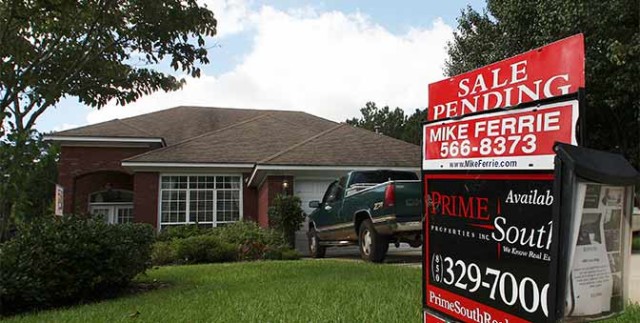Florida and Texas Win Again
The far Left’s actions with regard to tax policy rarely match up to their lingo. Whether it’s John Kerry’s tax savings by docking his boat in Rhode Island rather than Massachusetts to dodge the penalty, or the Clinton’s avoidance of a hefty real estate tax bill by using slick accounting, it’s clear that the far-left’s luminaries do not practice what they preach.
As I reported in August when I wrote about the mass exodus from high-tax states toward more profitable areas, a number of blue state residents are following the same “do as I say, not as I do” approach. To be fair, many of those fleeing blue states for more business-friendly environments are conservatives fed up with having their hard-earned money pilfered by the blue state tax-vacuum, but the laws of probability state this exodus cannot be comprised of conservatives alone.
With the release of a new batch of IRS tax migration data for the 2013-2014 filing year, the evidence keeps piling up that Americans are voting with their feet, and their feet are voting for lower-tax, business-friendly states.
With the release of a new batch of IRS tax migration data for the 2013-2014 filing year, the evidence keeps piling up that Americans are voting with their feet, and their feet are voting for lower-tax, business-friendly states. This data has to be devastating to tax-and-spend liberals who keep insisting that the economic arc of history bends in their direction, but when the IRS data—along with something as simple as market-based U-Haul rates—conclusively indicate otherwise, it’s time to reevaluate that approach.
So, who are the winners and who are the losers? Again, low-tax, business-friendly, Florida and Texas are the big winners, while the high-tax, big government states like New York, California, Illinois, and New Jersey are the big losers.
Recently released IRS tax migration data from the 2013-2014 year indicate that an astonishing 5.4 billion dollars in taxable income fled the state of New York alone, while 4.2 billion left California (hat tip to Jim Pettit, who has written frequently on this topic, for organizing the data). Where is the money going? Florida enjoyed an influx of 10.6 billion dollars in income and Texas gained 4.9 billion. This is in addition to the 17.5 billion, which flowed into the top four finishers, Florida, Texas, South Carolina and, North Carolina, in the 2012-2013 filing year.
To be clear, I am not suggesting that tax rates are the only reason that people are leaving blue states for lower-tax red states, but it defies common sense to insist that this isn’t a major contributing factor. I even had someone write to me that it’s “the weather” that best accounts for the shifts. Really, the weather? I’ve heard a number of complaints from Californians about things ranging from taxes to traffic, but I’ve rarely heard complaints about the weather.
Adding to this pervasive “do a I say, not as I do” phenomenon—in which liberals vote for higher taxes and then move away from regions where their policies have won the day—is that the migration is happening at the county level as well.
As reported by Andrew Blake in the Washington Times and congressional candidate Frank Howard, Washington D.C. and its surrounding suburbs, which overwhelmingly vote Democratic in local, state, and federal elections, witnessed nearly 2 billion dollars flee from the city and its surrounding bedtime communities.
I witnessed this firsthand during my campaign for Congress.
I witnessed this firsthand during my campaign for Congress. I would knock on doors in Frederick County, MD, a largely conservative county just north on I-270 from Montgomery County, a D.C. bedtime community, which has zero countywide elected Republicans. People in Frederick would tell me that they just moved in. When I inquired, “Where from?” they would often respond: “Montgomery County. You just can’t run a business there.”
There’s a crucial election cycle right around the corner. If you are running for office, or supporting someone who is, please do your future constituents a favor and tell them in a clear and well-thought out message why you are running, and why people are running away from tax-and-spend liberal governance.
EDITORS NOTE: This column originally appeared in the Conservative Review. FULL DISCLOSURE: Frank Howard, referenced herein, served as Dan Bongino’s campaign chairman for a brief period during his 2014 congressional campaign.

